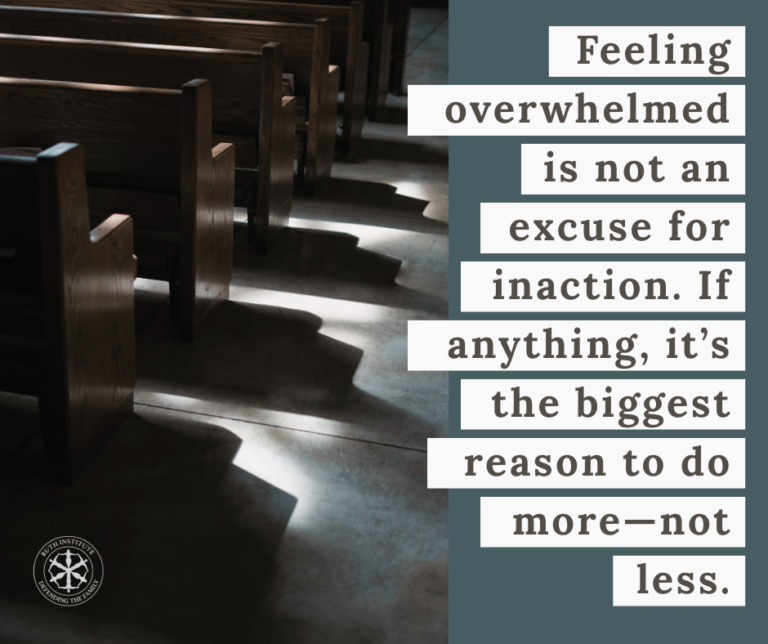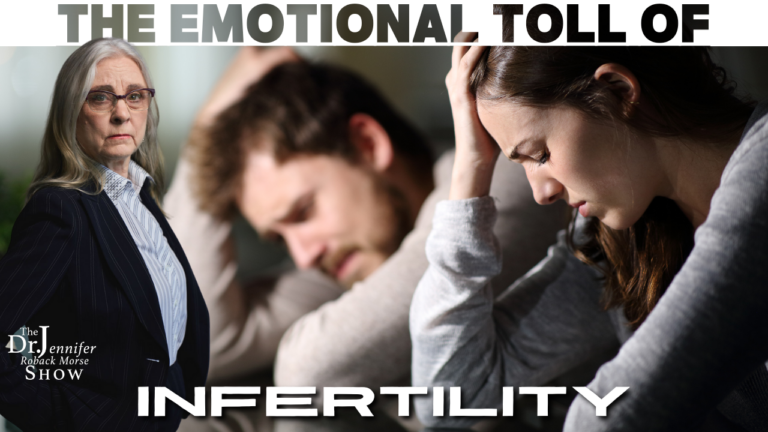by Jennifer Johnson, Associate Director
How savvy are you about step-families? Do you understand the structural similarity between step-families and same-sex marriage? Take the Step-Family Quiz
to test your knowledge.I created this quiz as an engaging way to help defenders of marriage understand the cultural blind-spot that we have about step-families.
Of course anybody is welcome to take it. But it is geared towards those who believe that marriage is only between a man and a woman. By the end it
should become apparent why I have focused on marriage defenders. There are five questions and their answers, plus a bonus question at the end.
1. Which group was the first to claim there is “no difference” between the intact family founded on natural marriage and other family structures?
- a. Heterosexuals
- b. Homosexuals
2. When was that claim first made, and what form did it take?
3. You may recognize the following photo as being from a famous TV show:

If you do, set that aside for a moment and pretend you are a casual observer. You notice this family at church, at a restaurant, or at a sporting event.
Can you tell if this was an intact family, or a step-family? Name the visual clues that helped you make that determination.
4. One of these families is an intact family. The other is a step-family. Which is which? Name the visual clues that helped you make that determination.


5. One of these families is an intact family. The other is a step-family. Which is which? Name the visual clues that helped you make that determination.

Here are the answers:
1. Heterosexuals.
2. Early 1970s with the TV show, “The Brady Bunch.”
3. It is a step-family. There are no visual clues to help the casual observer discern that this is a step-family.
4. In the first photo, we see two men as the parents. Since two men cannot procreate together, that is the visual clue that this is a step-family. The
taller man is the natural/legal father of both children. I believe the girl was adopted during his marriage to the boy’s mother. The other family is
an intact family.
5. We see a man and a woman in each photo. Since men and women can procreate together, it is harder for a casual observer to discern which is
which. The first is the step-family. The second is the intact family. (Yours truly is the child in the second photo–that’s my first family.) In the
first photo, all of the children are the woman’s from a prior marriage.
Bonus Question:
6. From the child’s point of view, what is the structural difference between the two step families shown in questions 4 and 5? Most marriage defenders
argue against the former quite vehemently and are largely silent about the latter. But from the point of view of the child, how different are they?
Here are the photos again:

Answer: from the child’s point of view, they are not as different as might be imagined. Consider these similarities:
- In both cases, we see three “positions” in the family: 1) the natural parent, 2) that parent’s children, 3) a new marriage partner who is not the children’s
other natural parent. - In both cases, the children do not have a single full-time home, but the adults do.
- In both cases, the child’s other natural parent has been “photoshopped” out of that half of the child’s life and somebody new was “photoshopped” in.
- In both cases, the children have two male figures (the bio father and the step-father), neither of whom are full-time fathers for the children.
- Reverse the idea: If the first photo showed a lesbian marriage, and if the second photo showed a man with his kids and his new wife, then in both cases
the children have two female figures (the bio mother and the step-mother), neither of whom are full time mothers for the children.
Might these similarities explain why the younger generation favors same-sex marriage? Perhaps their experiences (or the experiences of their friends) do
not match our rhetoric. By not embracing arguments that defend the rights and legitimate entitlements of children, are we missing an opportunity to
reach the younger generation? Given that 1,000,000 kids annually experience their parent’s divorce, I think so.
How did you do? Thanks for taking the quiz!
=========================================================
Upcoming installments:
I may continue to address the cultural blind spot we have in regards to step-families. Have not decided. If I do, then this will be the next installment.
Either way, after that we will examine the actual structure of step-families, with diagrams. This will make it clear that they are not remotely same as
intact families.
After that, we will explore how the widespread acceptance of the step-family structure has weakened our ideas of “mother and father,” how it has weakened
the idea of “two” parents for children, and the way these dovetail with the structural changes required to embrace same-sex couples into the institution
of marriage.
=========================================================
The Ruth Institute is unique! Where else do you find this kind of information? Nobody else is talking about what you see here. If you value our work, please prayerfully consider supporting us by making a donation. The Ruth Institute is a 501(c)(3) organization and your donation may be tax deductible. Donate online with your credit or debit card at this link.



